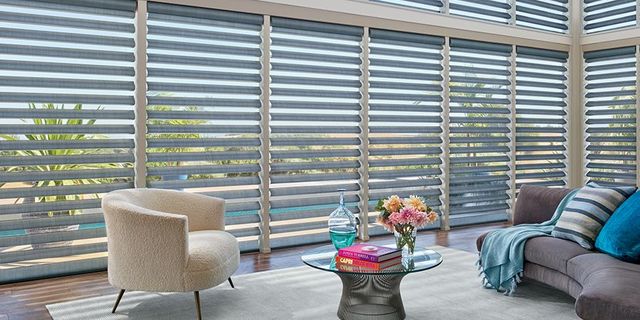
Dealing with indoor allergens is a daily challenge for allergy sufferers. Dust, pollen, pet dander, and other particles not only make your home uncomfortable but can also cause health issues. While air purifiers and cleanliness help, a commonly overlooked solution is choosing the right window treatments. The right blinds or curtains can reduce allergens entering your home, making it a more comfortable place to live. In this article, we will discover how to choose the best blinds for allergy relief and what to look for in window coverings.
1. Choose Blinds That Are Easy to Clean
The primary factor to consider in choosing blinds for allergy relief is how clean they are. Blinds that attract and trap dust will add more fuel to your symptoms. Blinds made from smooth, wipeable material like aluminium, PVC, or vinyl are the best options if you want to reduce allergens in your home. Such materials don’t trap dust; cleaning them is also very easy. Regular wiping will remove dust before it gets a chance to settle and therefore there will be reduced chances of inhaling it.
When you’re choosing window coverings for allergy relief, avoid fabric blinds that can easily trap dust and allergens. Instead, opt for fitted fly screens for windows in conjunction with your blinds. These screens help filter out airborne allergens and prevent them from entering your home while allowing fresh air to circulate.
2. Consider Blinds with Hypoallergenic Properties
Some modern blinds come with hypoallergenic treatments or coatings designed to repel dust and allergens. These specialised treatments help to reduce the accumulation of particles on your window coverings. Materials like bamboo, which are naturally resistant to dust and mites, can also be a good choice for allergy sufferers. When selecting blinds, always look for options that are designed to be allergy-friendly, as these can significantly reduce the presence of allergens in your home.
3. Look for Blinds That Block Pollen and Dust
During certain seasons, pollen and dust are major contributors to allergic reactions. If you live in an area with high pollen levels, you might want to consider blinds that offer a physical barrier against these particles. Roller blinds with thick, solid fabrics are a good choice as they provide a protective layer against dust and pollen. Additionally, fly screens will help keep insects and outdoor allergens from entering the home, allowing you to enjoy fresh air without triggering your allergies.
4. Opt for Light-Coloured Blinds
Blinds in light shades look appealing in your space and prevent much sun heat absorption in the house, which in turn helps maintain comfort in hot weather. Also, light colours are easy to clean and do not hold dust as dark colours do. All these factors add up to a double layer of protection for your home, while also serving as a refined and practical home embellishment solution.
Choosing easy-to-clean and hypoallergenic materials with blinds that prevent outdoor allergens from getting inside will surely work quite effectively in reducing your allergy symptoms. Also, take into account the added bonus of fly screens for windows – even greater protection against pollen and dust.